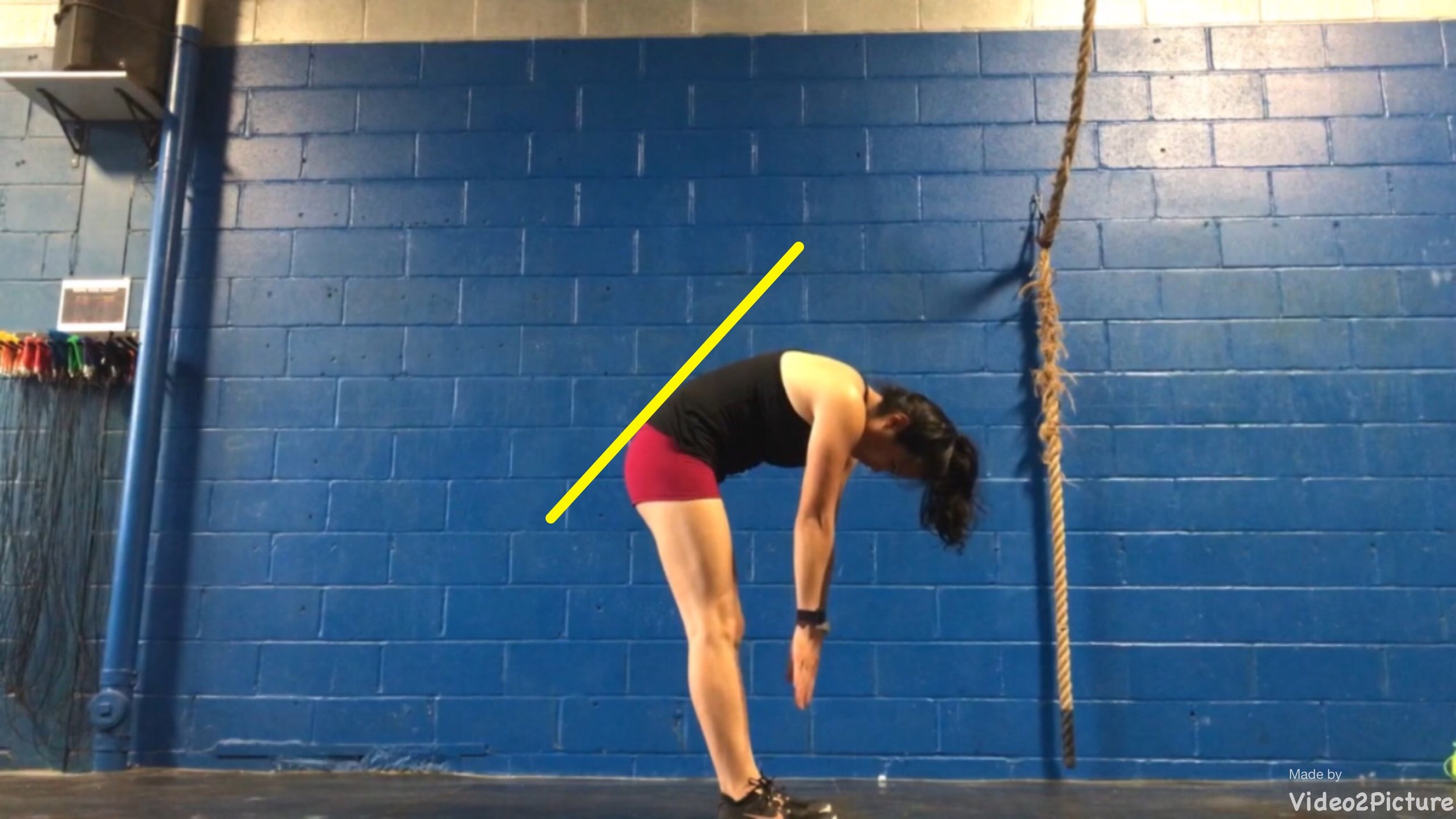Stop deadlifting like a dummy - 3 tips for intelligent (and safe) deadlifting
Maybe you have a history of pulling your back while deadlifting and avoid it like the plague. Maybe you’re just starting to strength train with a barbell and you’re not sure what to do. Whatever the case, over the next few blog posts we will be going over 3 hacks - okay, we hate the word “hack” so we’ll call them modifications - that can help you continue to deadlift if you’re in pain, or improve your form if you’re just starting out!
#1: Stack the barbell on top of plates or blocks.
I know what you’re thinking - having the barbell starting elevated from the floor doesn’t allow for full range of motion. Here’s why you should limit the range to start:
If you’re not able to maintain a good starting position with the bar on the floor, there’s a high likelihood that you’re not going to be able to effectively use your hips to move the weight instead of your lower back.
In a proper hinge position, the tailbone, upper back, and back of the head should be in a line, with a small curve at the lower back.
When the tailbone is tucked under, there is increase stress on the lower back muscles and the glutes and hamstrings can’t contribute effectively.
Many people have “tight” hamstrings. Because of this tight sensation, bending to lift the weight off the floor limits your ability to properly hinge at the hips. If you raise the bar, you’ll be able to hinge properly to the degree your body allows. Probably another post for another day, but the feeling of “tightness” is typically a safety mechanism of your body. Very few people have physically “tight,” or shortened, hamstrings.
“Tight” hamstrings will limit forward tilt of your pelvis.
Mobile hamstrings allow forward tilt of your pelvis, which allows for proper positioning in a hip hinge.
As you re-educate your body to feel safe while hinging and lifting, your muscles will allow you to gradually set up with the bar closer to the floor.
Typically what we see when hamstrings are “tight” and the client has decreased awareness of pelvic position.
Elevate the bar as an easy adjustment to help our client feel what a proper hip hinge position feels like.
Questions? Concerns? Struggling with your deadlifts? Click below to schedule a FREE phone consultation with us!






